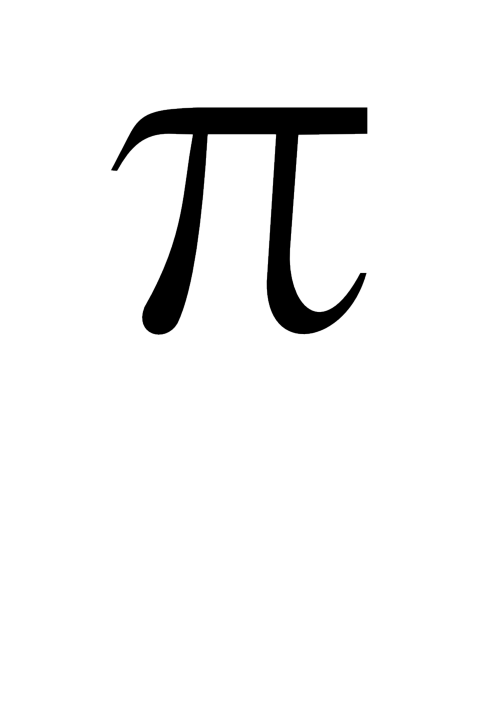JF Ptak Science Books Quick Post
It seems that for such a great number as pi the naming of had little (where "little" = "no") fanfare in its introduction.
Since it is just after 1:59 on this pi day of 2013 (3.14159...) it might be nice to have small bit of history on the first use of the symbol for pi. Pi the idea is ancient (on the ratio between the diameter of a circle and its circumference) but using the Greek symbol for the word is relatively new. It shows up for about he first time here:
on page 267 of William Jones' (1675-1749) Synopsis Palmariorum..., which was in general a book for beginners in semi-advanced mathematics, and which was published in 1706. Pi is represented as a square or the Hebrew letter "mem" in John Wallis' Arithmetica infinitorum (published in Oxford in 1655), according to Florian Cajori in his A History of Mathematical Notations (volume II page 8), though William Oughtred had used the Greek letter in fractional form to designate the ratio as the periphery and the denominator as the diameter. Still, it was Jones who introduced the letter pi as the sign for the ratio, and he did it without saying very much at all about it. Actually, he says nothing about it at all--just states the case, and that was it.
Cajori writes on to say that Jones used the symbol earlier in the book, but in a different context, and that the immediate reaction to the symbol (if there was a reaction) was also a bit of nothing, with many writers continuing to use different symbols to talk about pi for several more decades, and that it didn't really come into use in general textbooks in German and French until nearly 1800.
And such was the quiet beginnings of
(Full text here.)




Comments